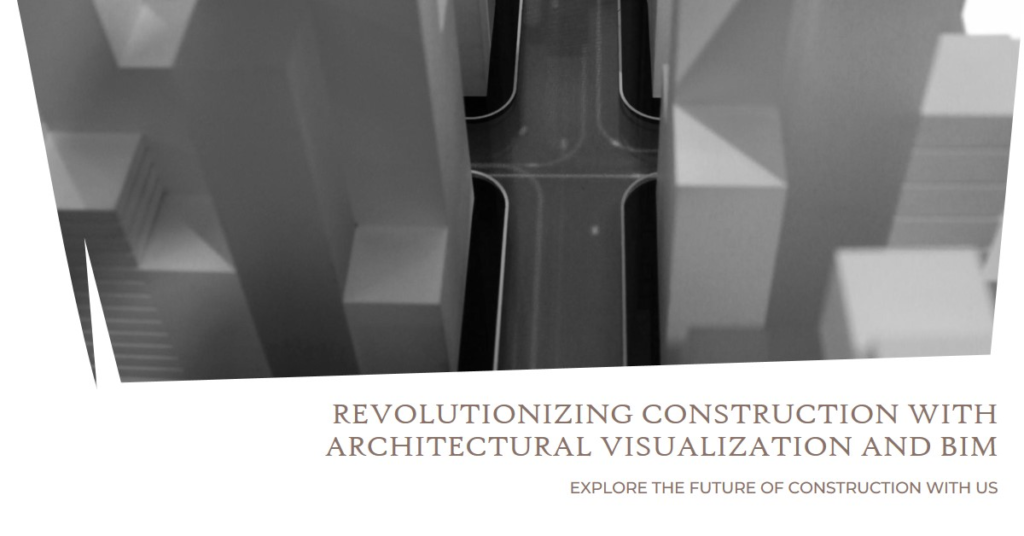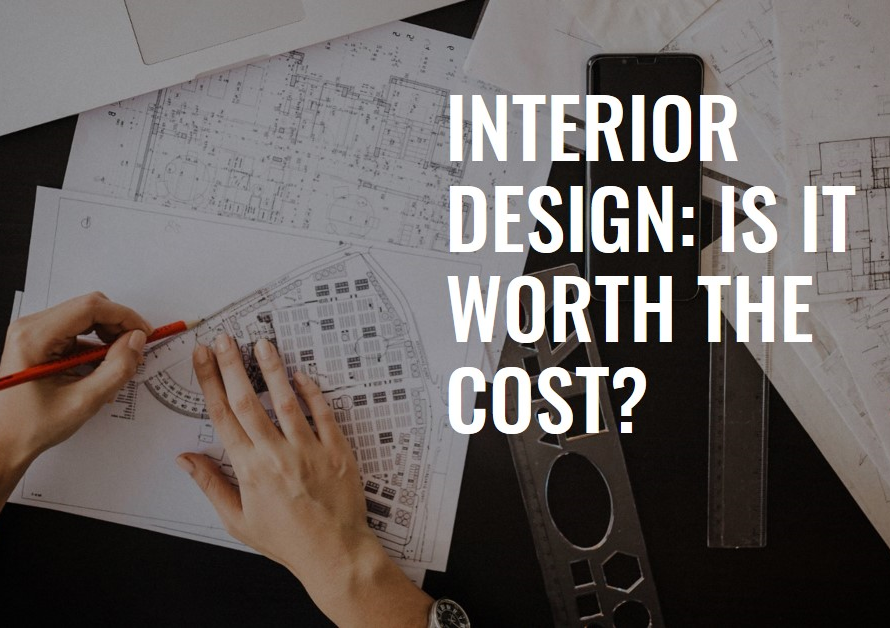
Table of Contents
Introduction: Embracing Technological Advancements in Construction
Architectural Visualization – In today’s rapidly evolving construction industry, technological innovations play a pivotal role in shaping project outcomes and driving efficiency. Among the most impactful advancements are Architectural Visualization (ArchViz) and Building Information Modeling (BIM). These cutting-edge tools have revolutionized the way architects, engineers, and construction professionals approach project design, collaboration, and execution. In this comprehensive guide, we’ll explore the transformative impact of ArchViz and BIM on the construction landscape, examining their benefits, challenges, and future implications.
1. The Rise of Architectural Visualization: Painting the Picture of Design
Architectural Visualization, or ArchViz, refers to the process of creating realistic digital representations of architectural designs using advanced rendering techniques and software. By harnessing the power of visualization, architects can bring their design concepts to life in vivid detail, allowing stakeholders to visualize the final product before construction begins. ArchViz serves as a powerful communication tool, enabling architects to convey their ideas effectively and garner feedback from clients, contractors, and other project stakeholders.
2. Building Information Modeling: The Digital Backbone of Construction Projects
Building Information Modeling, commonly known as BIM, is a sophisticated digital representation of building projects that encompasses both geometry and data. Unlike traditional 2D drawings, BIM models contain rich information about the physical and functional characteristics of a building, including materials, components, and spatial relationships. BIM serves as a centralized platform for project collaboration and coordination, facilitating communication among architects, engineers, contractors, and clients throughout the project lifecycle.
3. The Synergy Between ArchViz and BIM: Leveraging Visualization and Data
One of the most significant advantages of integrating ArchViz and BIM is the synergy between visualization and data-driven design. While ArchViz provides visually stunning representations of architectural concepts, BIM adds depth and intelligence to these visuals by incorporating rich data about building elements and performance metrics. Together, ArchViz and BIM empower designers to make informed decisions, optimize designs for efficiency and sustainability, and streamline project workflows.
4. Optimizing the Construction Lifecycle with ArchViz and BIM
ArchViz and BIM play critical roles at every stage of the construction lifecycle, from initial concept development to facility management. During the planning and design phases, ArchViz enables architects to explore design options, iterate on concepts, and present ideas to clients and stakeholders. As the project progresses to construction, BIM facilitates coordination among contractors, supports clash detection, and helps identify potential issues before they arise on-site. Even after completion, BIM continues to serve as a valuable asset for facility management tasks such as maintenance, renovations, and space planning.
5. Enhancing Collaboration and Communication Across Project Teams
One of the key benefits of ArchViz and BIM is their ability to enhance collaboration and communication among project teams. By providing visually compelling renderings and data-rich models, these tools enable architects, engineers, contractors, and clients to collaborate more effectively, share insights, and align on project objectives. Real-time collaboration features, cloud-based platforms, and mobile applications further streamline communication, ensuring that everyone remains on the same page throughout the project lifecycle.
6. Driving Efficiency and Cost Savings Through Visualization and Data Analysis
Another significant advantage of ArchViz and BIM is their potential to drive efficiency and cost savings in construction projects. By visualizing designs in detail and simulating construction processes virtually, teams can identify inefficiencies, optimize workflows, and mitigate risks before they impact the project on-site. This proactive approach helps minimize delays, reduce rework, and ultimately lower overall project costs, leading to improved project outcomes and client satisfaction.
7. Promoting Sustainability Through Data-Driven Design and Analysis
ArchViz and BIM also play a crucial role in promoting sustainability in construction by facilitating data-driven design and analysis. By simulating energy performance, daylighting, and material usage, designers can optimize building designs for environmental efficiency and occupant comfort. Additionally, BIM enables the tracking of materials and resources throughout the project lifecycle, supporting sustainable construction practices and green building certifications.
8. Overcoming Challenges and Adoption Barriers in Implementing ArchViz and BIM
Despite the numerous benefits of ArchViz and BIM, adoption can pose challenges for some firms. These challenges may include upfront costs, staff training, interoperability issues, and resistance to change. However, by addressing these challenges proactively and investing in the right resources, companies can overcome barriers to adoption and unlock the full potential of ArchViz and BIM to drive success in their projects.
9. Looking Ahead: The Future of Construction with ArchViz and BIM
As technology continues to evolve, so too will the capabilities of ArchViz and BIM. From advancements in rendering software to the integration of artificial intelligence and virtual reality, the future holds endless possibilities for these transformative tools. By staying abreast of emerging trends and adopting innovative technologies, construction professionals can remain competitive in a rapidly changing industry landscape and continue to drive innovation in the built environment.
10. Conclusion: Embracing Innovation for a Brighter Future in Construction


In conclusion, Architectural Visualization and Building Information Modeling are revolutionizing the construction industry, offering architects, engineers, and construction professionals powerful tools for visualization, data-driven design, and collaboration. By harnessing the synergies between ArchViz and BIM, firms can optimize project outcomes, drive efficiency, and deliver sustainable, high-performing buildings that meet the needs of clients and communities. As the industry continues to embrace innovation, the possibilities for ArchViz and BIM are limitless, paving the way for a brighter future in construction.


